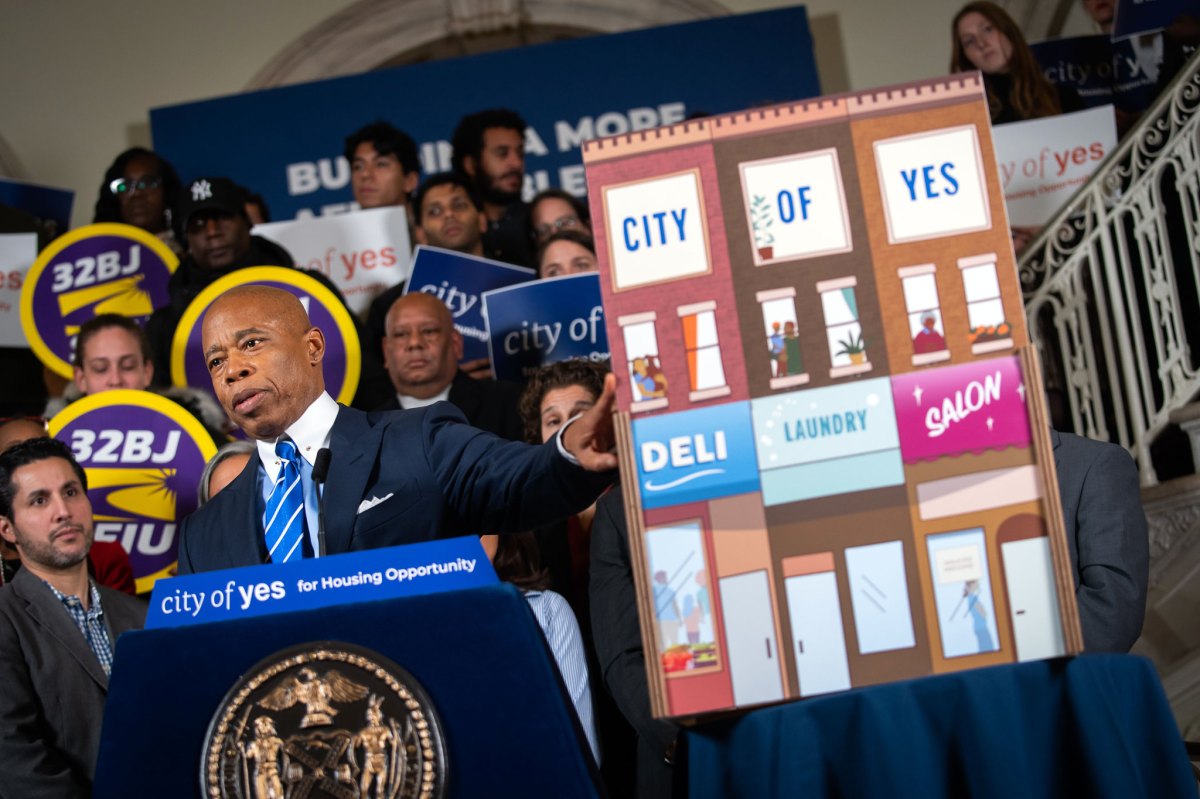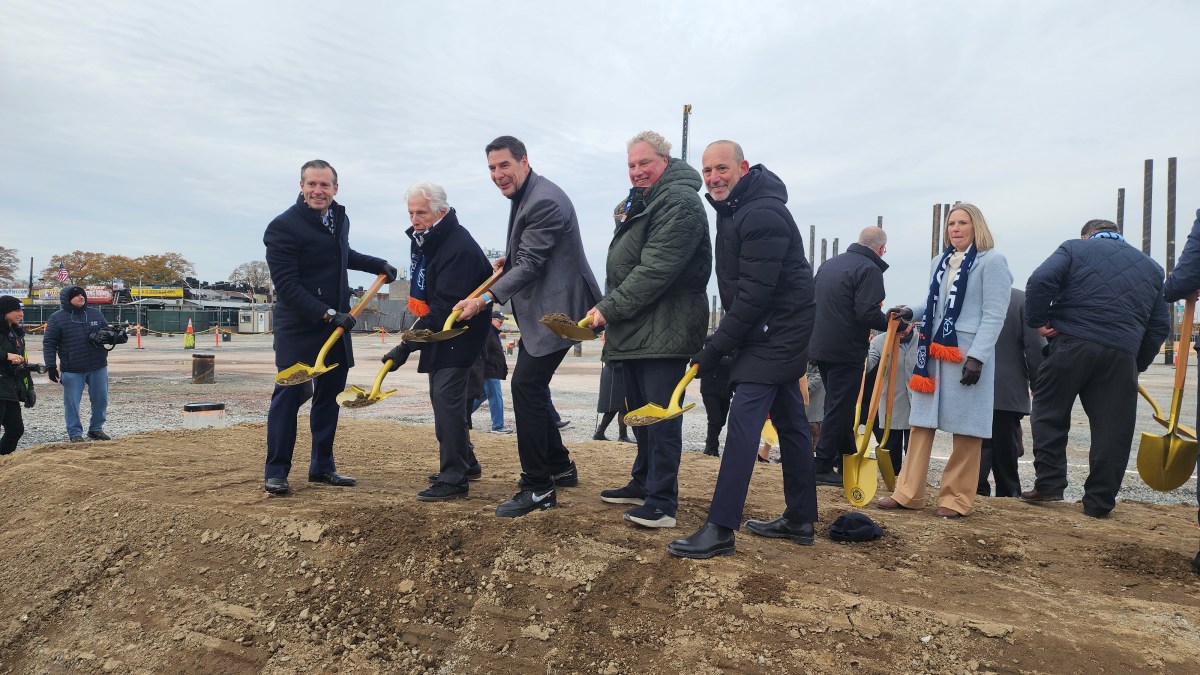Many New Yorkers who move out of the city really don’t want to go too far away, according to a report released Monday by the Independent Budget Office.
The office’s study of recent U.S. Census data showed that the number of households moving out of New York City decreased between 2008 and 2012 and the majority of those who leave are staying in the suburbs.
Out of the average 124,000 households that moved out of the city between 2010 and 2012, 26,300, or 21.1%, moved to other parts of New York, according to the report. Between 2006 and 2008, by comparison, the average number of households that moved was 167,000.
Julie Anna Golebiewski, the report’s author, said 70% of those people who moved elsewhere in the state between 2010 and 2012 went to Long Island and to Westchester and Rockland counties.
Clara Rodriguez, professor of sociology at Fordham University, said the amenities of nearby suburbs keep people from fleeing the area.
“There is a desire for that expansion, for that lawn and barbecue times,” she said. “People want that image and that lifestyle … but to not be far from the city.”
New Jersey was the second most popular destintination for New Yorkers leaving the city, with 13.3%, followed by Florida with 10.3% and California with 8%.
Rodriguez said the city’s growth in recent years is another key reason former city residents don’t go too far away.
New York saw a growth over the last four years and many current New Yorkers found it advantageous not to live too far the metro area.
“I think the city is increasingly viewed as a place of opportunity and this excitement that you can’t get away from,” she said.
Michael Blau, the village administrator, of Tarrytown in Westchester, said he has seen an influx of new residents who came from the city over the last few years.
They’re enjoying more than just the extra green space, Blau said.
“We have a vibrant downtown. We have lots of new have restaurants, art galleries, etc.,” he said. “There are no signs that it’s slowing down.”



































